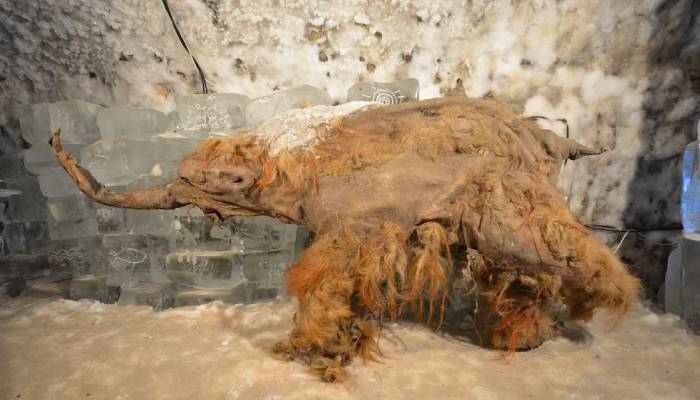
Scientists have remarkably extracted the world's oldest RNA from a 39,000-year-old woolly mammoth.
The discovery, published in the scientific journal Cell made from male mammoth named Yuka preserved in Siberian permafrost which offers a rare glimpse into the genetic activity of the Ice Age giant and could bring the extinct species closer to de-extinction.
RNA is a crucial molecule that helps produce proteins in the body and it is much harder to preserve and recover from long-dead animals.
Researchers at Stockholm University collected ten woolly mammoth specimens in order to try to extract and study their RNA.
Lead author Dr Emilio Marmol Sanchez, now at Copenhagen’s Globe Institute, said, “With RNA, we can obtain direct evidence of which genes are ‘turned on’, offering a glimpse into the final moments of life of a mammoth that walked the Earth during the last Ice Age," as per ExpressUK.
Yuka's RNA shows he had muscles built for long-distance movement across icy terrain, not for sprinting.
Signs of stress in his cells suggest he may have died due to being attacked by predators or from harsh environmental conditions.
The discovery of RNA occurred over a year after scientists first sequenced a woolly mammoths' genome and chromosomes.
Researchers at Stockholm University now aim to study and sequence RNA from other large extinct animals such as cave bears and giant sloths.












